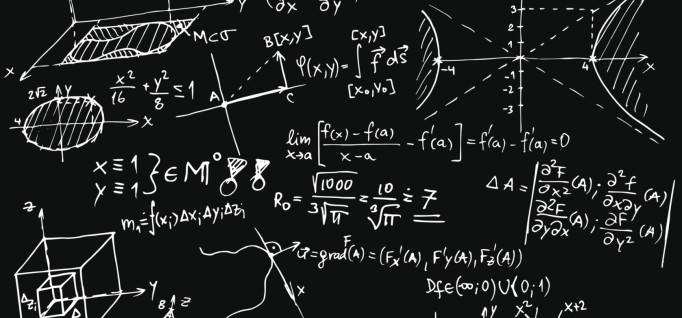Solving the Math Problem in Washington State
By Rebecca L. Weber
October 8, 2015
With Statway, Seattle Central College offers students a new way to pass — and excel at — math.
For the past few years, Seattle Central College (SCC) has offered degree-seeking students a statistics course as an alternative to the traditional pre-college math sequence. Statway, an innovative curriculum developed by the Carnegie Foundation for the Advancement of Teaching and used by 31 community colleges nationwide, allows students to start taking college-level math quicker.
SCC’s implementation of Statway uses contextualized learning with real-life cases. For example, students learn to calculate medical risk (such as figuring out the survival rate for people with a disease), to understand the basics of financial literacy (such as determining the compounded interest on a mortgage) and to interpret social and environmental issues (such as working with public data sets on Puget Sound).
“If they’re not going into STEM but going into art history, they’re going to be dealing with math for the rest of their life — but in a different way,” says Wendy Rockhill, SCC’s dean of science and mathematics.
The program appeals most to students going into allied health fields: Students studying nursing, respiratory care and surgical tech need statistics instead of liberal arts math.
SCC’s four-year-old program is still fairly small, with about 60 students enrolled in Statway annually, compared with nearly 1,000 in other pathways. Sixty to 80 percent of students complete the Statway program.
Breaking down the math roadblock
Developmental math classes are a dead end for community college students who don’t complete the courses.
At colleges nationwide, testing and placement procedures put many entering students into pre-college math classes that require several semesters of work before beginning credit-bearing courses. Only 5 percent of enrolled students earn college-level credit within a year, according to the Carnegie Foundation.
This fate is not limited to those who self-identify as mathphobic: Students who have been out of school for a long time and haven’t done any brush-up work often wind up in this situation.
For those who claim that they’re missing the math gene, success is as much about changing attitudes as it is about mastering specific math skills. “Students work on changing their mindset about how to learn. They talk about the struggle as part of the learning,” Rockhill says.
Strong student supports help as well. Students take three quarter-length classes together. “They’re sticking with it because they have the same cohort for the whole year,” Rockhill says.
Transferring credit
All of the four Washington community colleges using this program, as well as others with similar approaches, faced challenges when it came to articulation agreements with transfer institutions.
In Washington state, all transfer students need to have intermediate algebra (either at college or high school level) or a higher-level math class that requires intermediate algebra. “Since Statway does not have an intermediate algebra designation, we have a separate MOU, where Statway is accepted in place of an intermediate algebra transcript for transfer purposes,” Rockhill says.
Statway doesn’t prepare students to go into calculus. “There’s still a lot of algebra in there. There’s a lot of math in there. It’s more building the student’s quantitative reasoning and quantitative abilities,” Rockhill says. “A lot of the math that prepares you to go into a STEM field, you don’t see the relevance until way later, until you’ve gone through all the different math concepts. In this one, you start to apply the math skills immediately, and you build your quantitative skills as you’re going along, and you can see the relevancy.”
Just as Statway is one of a number of solutions at SCC, community colleges across Washington state are experimenting with various ways to get students through pre-college math faster. The Dana Center has another national program, and several clusters of community colleges are developing their own approaches. Connecting them all, says Rockhill, has reinvigorated a passion for looking at how teaching takes place in mathematics.






